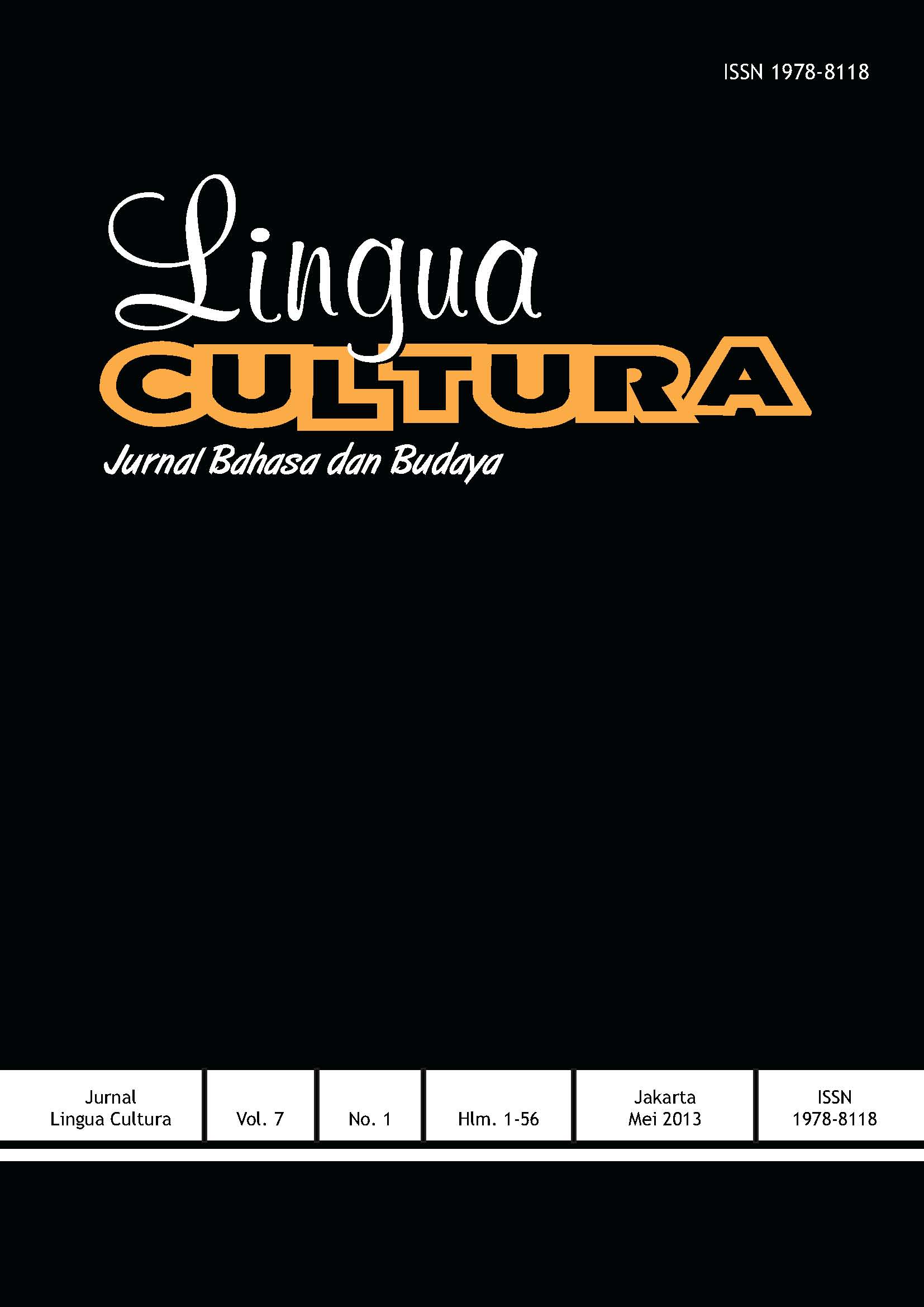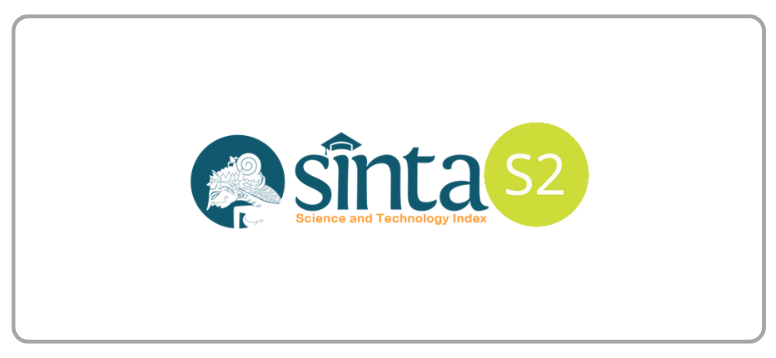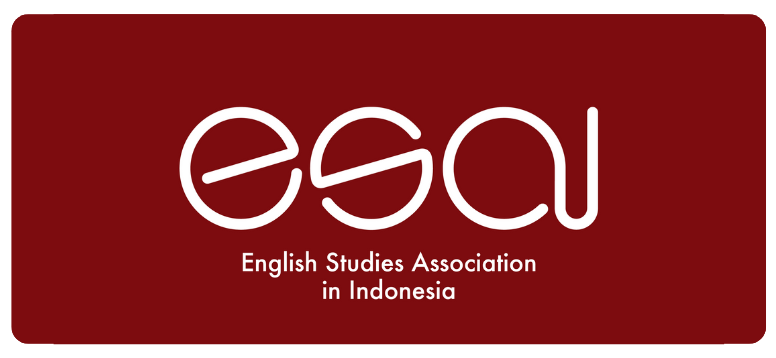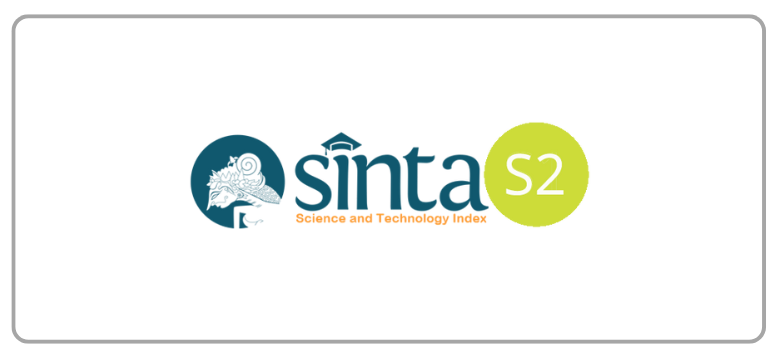Analisis Penggunaan Sorekara, Soshite, dan Soreni dalam Website Surat Kabar Asahi.Com
DOI:
https://doi.org/10.21512/lc.v7i1.412Keywords:
setsuzokushi, sorekara, soshiteAbstract
Setsuzokujoshi is a particle that shows the relationship between sentences, as well as having an important role in sentences. What characterizes setsuzokujoshi is its position which is always located between two sentences. Setsuzokujoshi, which is part of particles in Japanese, has many types. In this study, the researcher will limit the research on the use of ãã‚Œã‹ã‚‰, ãã—ã¦, ãれ㫠contained in the newspaper articles of asahi.com website. The research method used is descriptive and library methods. This study intends to determine the function of setsuzokujoshi ãã‚Œ ã‹ã‚‰, ãã—ã¦, ãれ㫠and whether it can replace each other in a sentence and that Japanese language learners can determine the apparent similarities and differences between sorekara, soshite, and soreni, so that Japanese language learners can use them correctly. After analyzing the data, it is found that some conclusions namelyãã—㦠is used to strengthen problems of a topic of conversation because there is awareness of the speaker. It is often used when combining a topic of conversation. While ãã‚Œ ã‹ã‚‰ is reinforcing actions in sequence-based. That is, there will be a second activity to be performed or occurring after the first activity is completed. ãれ㫠has a function to add anything else to a case. Because ãã‚Œ ã‹ã‚‰ has functions similar to ãã—ã¦, there is a possibility for ãã—ã¦to be replaced by ãã‚Œ ã‹ã‚‰ or vice versa.
References
Iori I., Takanashi S., Nakanishi K., & Yamada T. (2001). Nihongo Bunpou Handbook. Tokyo: 3A Corporation.
Masuoka, T., & Takubo, Y (1993). Kiso Nihongo Bunpou. Tokyo: Kuroshio Shuppan.
Sudrajat, A. (2001). Tata Bahasa Jepang Lengkap. Bandung: Pionir jaya.
Yang, X., & Toshiomi, B. (2004). 接続詞「ãã—ã¦,ãã‚Œã‹ã‚‰,ãã‚Œã«,ãã®ã†ãˆã€ã®ç”¨æ³• (On the usage of Japanese conjunctive words soshite, sorekara, soreni, sonoue). Journal of Hokkaido University of Education, Sect. Humanities and Social Science, 54(2), 27-42.
Downloads
Published
How to Cite
Issue
Section
License
Authors who publish with this journal agree to the following terms:
a. Authors retain copyright and grant the journal right of first publication with the work simultaneously licensed under a Creative Commons Attribution License - Share Alike that allows others to share the work with an acknowledgment of the work's authorship and initial publication in this journal.
b. Authors are able to enter into separate, additional contractual arrangements for the non-exclusive distribution of the journal's published version of the work (e.g., post it to an institutional repository or publish it in a book), with an acknowledgment of its initial publication in this journal.
c. Authors are permitted and encouraged to post their work online (e.g., in institutional repositories or on their website) prior to and during the submission process, as it can lead to productive exchanges, as well as earlier and greater citation of published work.
USER RIGHTS
All articles published Open Access will be immediately and permanently free for everyone to read and download. We are continuously working with our author communities to select the best choice of license options, currently being defined for this journal as follows: Creative Commons Attribution-Share Alike (CC BY-SA)


















